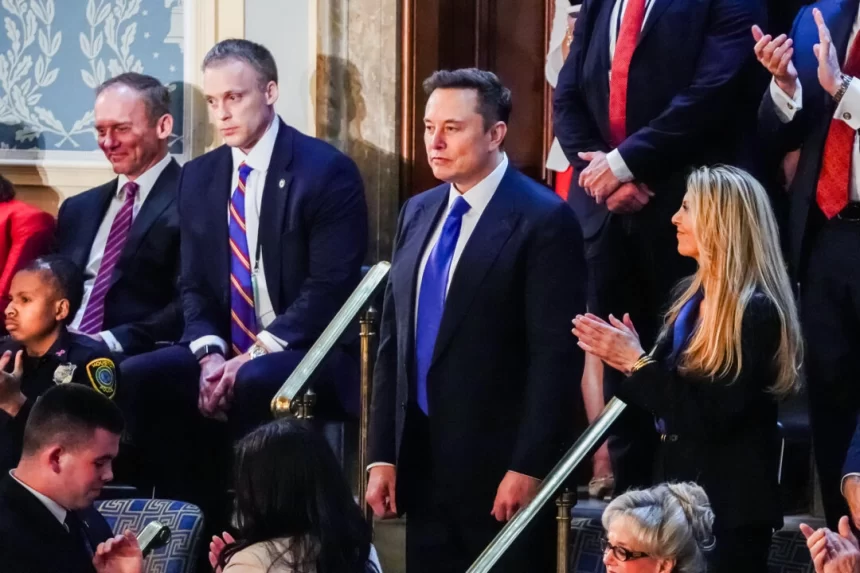The second Trump administration has broken new ground in many areas. One big area is its Department of Government Efficiency, better known as DOGE.
Although DOGE cannot make cuts directly, it has led an effort across agencies to trim spending. Its stated focus has been to reduce waste, fraud, and abuse and to modernize government technology.
Republicans have celebrated the time-limited initiative, which sunsets on July 4, 2026. So have some observers in Washington.
Democrats in Congress have questioned the scope of DOGE-inspired cuts and the organization’s access to sensitive data. DOGE has faced obstacles from the judiciary, too.
DOGE’s website reports to have identified $160 billion in savings so far. Here are key things to know about DOGE after its first 100 days.
DOGE’s Origins, Structure
Tesla CEO Elon Musk was a top financial supporter of President Donald Trump’s 2024 candidacy. In August 2024, he suggested to Trump that he could lead a government efficiency commission. Trump pitched the idea publicly in early September, months before Election Day.
Trump formally announced the plan a week after the Nov. 4 election, tapping Musk and Vivek Ramaswamy to co-lead the effort. On Jan. 20, a DOGE spokesperson confirmed Ramaswamy would not be involved.
establishing DOGE changed the name of the U.S. Digital Service to the U.S. DOGE Service and placed it within the Executive Office of the President.
Amy Gleason, who served in the U.S. Digital Service during Trump’s first term, is the acting administrator of the U.S. DOGE Service.
The president’s Jan. 20 order instructed agency heads to create DOGE teams with at least four members, including an engineer, a team lead, and an attorney.
A February executive order directed agency heads to work with DOGE in identifying regulations seen as unconstitutional, costly, or otherwise questionable. Another order initiated similar coordination on contracting, grants, travel, credit cards, real property, and leases as part of a DOGE cost-efficiency initiative.
DOGE Lawsuits
DOGE has faced a flurry of lawsuits. Legal challenges include those from government labor unions, environmental groups, fired U.S. Agency for International Development (USAID) employees, and the American Library Association.
In late March, an appeals court, the Fourth Circuit, permitted DOGE to continue its work at USAID, lifting an order issued by a lower court.
In early April, the same court reestablished DOGE’s access to the Office of Personnel Management, the Treasury Department, and the Department of Education, overruling a similar block.
In April, a Maryland judge extended a block on DOGE’s access to Social Security Administration data.
DOGE Cuts
Musk has walked back earlier, more optimistic projections of DOGE’s impact, a key selling point of the initiative as the United States struggles with persistent deficits and $36 trillion in debt.
DOGE claims to be responsible for $160 billion in savings so far. It credits them to asset sales, lease renegotiations, regulatory changes, workforce reductions, and the elimination of fraud and improper payments, among other steps.
The federal workforce has shed more than 140,000 positions so far under Trump, thanks in large part to DOGE. Most are deferred resignations, which let federal employees leave their jobs voluntarily.
Here’s a rundown of some of DOGE’s big digs into the budget. Some reported DOGE cuts have been sourced from DOGE’s website. The Epoch Times has not independently verified them.






